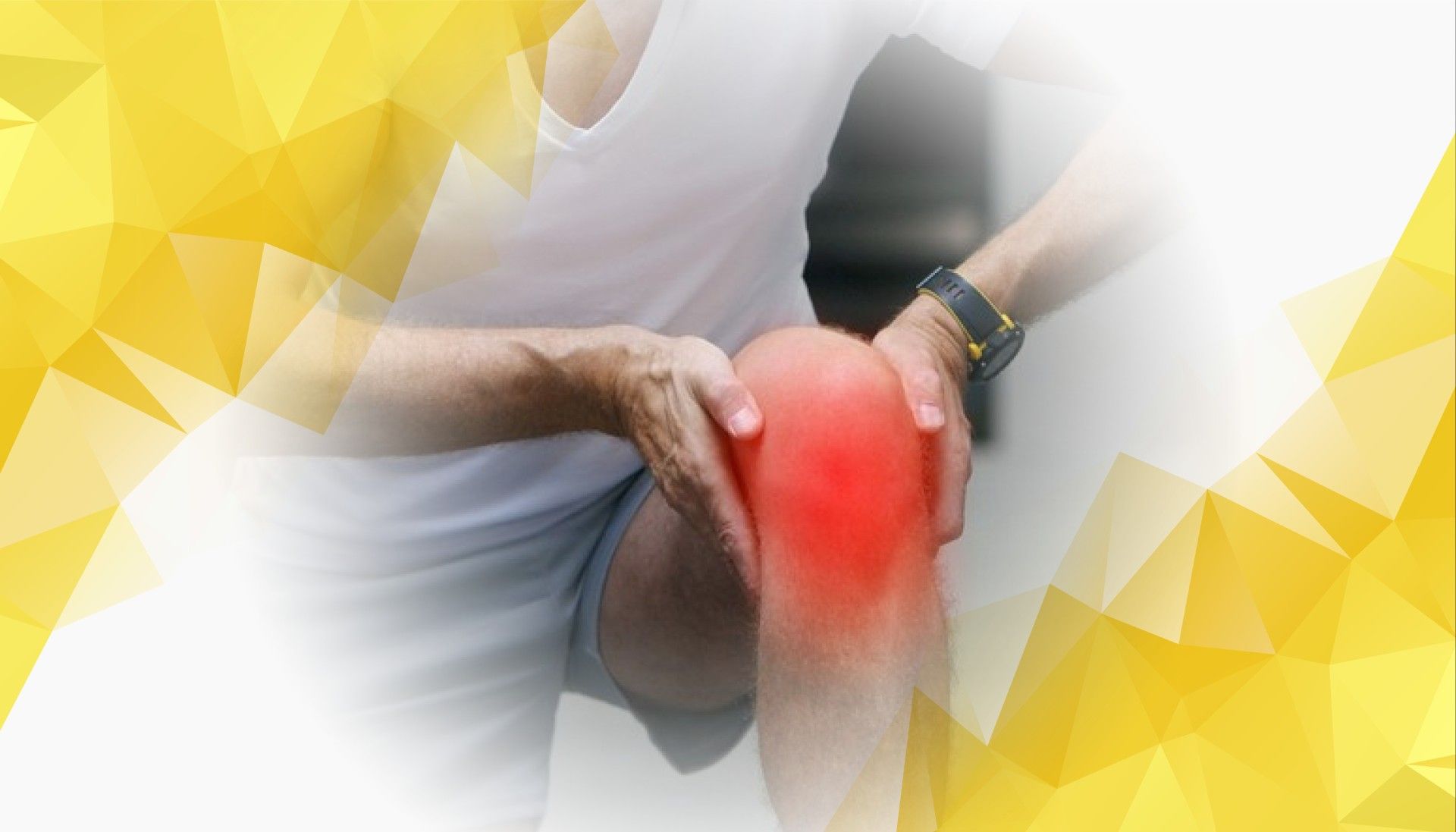In today’s rapidly evolving world of knee rehabilitation , tracking a patient’s progress accurately is vital for effective treatment and a successful recovery. MAI Motion , an innovative markerless motion capture system, makes this easier than ever by collecting detailed biomechanical data during everyday movements —such as a simple sit-to-stand. But rather than bombarding clinicians with overwhelming numbers, MAI Motion transforms these measurements—like joint angles and movement consistency—into easy-to-read trend lines and practical insights. This makes it simpler for clinicians to interpret progress, personalize treatment plans, and adjust re-test schedules as needed. Recent research shows that this accessible approach provides valuable, clinically-relevant information, making progress tracking both sensitive and practical for real-world use.
MAI Motion: Effortless, Markerless Movement Analysis
What truly sets MAI Motion apart is its ability to track movement without special markers or suits. Using advanced video analysis and machine learning , it monitors knee motion accurately as patients perform familiar, everyday activities. This markerless method avoids the typical hassles of traditional systems—like lengthy setup and patient discomfort—while still providing clinician-grade accuracy. It fits smoothly into routine patient assessments, offering real-world data that truly reflects how patients move outside the clinic.
From Data to Meaningful Progress
MAI Motion shines by translating complex biomechanical data into clear, visual stories. It captures key details, such as how far the knee bends (maximum flexion) and how consistent each movement is across multiple tries. These measurements become visual trend lines, helping clinicians quickly spot improvement—or identify any setbacks. By presenting information in this straightforward way, MAI Motion gives healthcare professionals the objective evidence they need to make confident decisions, moving treatment beyond guesswork and toward proven results.
Turning Insights Into Better Care
Clear tracking of a patient’s progress leads to practical, real-time insights that can directly improve care. For instance, if a patient suddenly shows decreased knee range or less consistency in their movement, clinicians can swiftly adjust exercises or schedule more frequent check-ins. This responsive approach ensures that rehabilitation remains tuned to each patient’s needs. Plus, by identifying who might need extra attention, clinics can focus their resources more effectively—boosting outcomes for both patients and providers. The system’s focus on generating actionable metrics means it not only tracks improvement, but also helps monitor the progression of knee conditions and the effectiveness of treatments.
Looking Ahead: Personalization and Remote Rehabilitation
The possibilities for MAI Motion extend well beyond today’s clinics. With ongoing data collection and long-term progress monitoring, it paves the way for truly personalized rehabilitation programs—adapted to an individual’s unique movement patterns and recovery path. This customized approach can help patients recover more efficiently and reduce the risk of future setbacks. And as digital health technology advances, remote monitoring and tele-rehabilitation could bring expert care right into patients’ homes, making quality knee care more accessible and patient-centered than ever before.
Conclusion
MAI Motion demonstrates how modern motion capture technology is transforming knee care , turning complex biomechanical information into clear, actionable progress tracking. Its easy-to-read trend lines and insights empower clinicians to make informed treatment decisions, optimize follow-ups, and personalize rehabilitation. As this technology continues to advance, it holds tremendous promise for enhancing patient outcomes and shaping the future of musculoskeletal care . With innovations like MAI Motion, knee rehabilitation is becoming more precise, efficient, and truly tailored to each individual’s journey toward recovery.
References
Armstrong, K., Zhang, L., Wen, Y., Willmott, A. P., Lee, P., & Ye, X. (2024). A marker-less human motion analysis system for motion-based biomarker identification and quantification in knee disorders. Frontiers in Digital Health. https://doi.org/10.3389/fdgth.2024.1324511
Wen, Y., Verma, T., Whitehead, J. P., & Lee, P. (2025). Empirical Validation of a Streamlined Three-Repetition Sit-to-Stand Protocol Using MAI Motion. Applied Sciences, 15(10), 5688. https://doi.org/10.3390/app15105688

